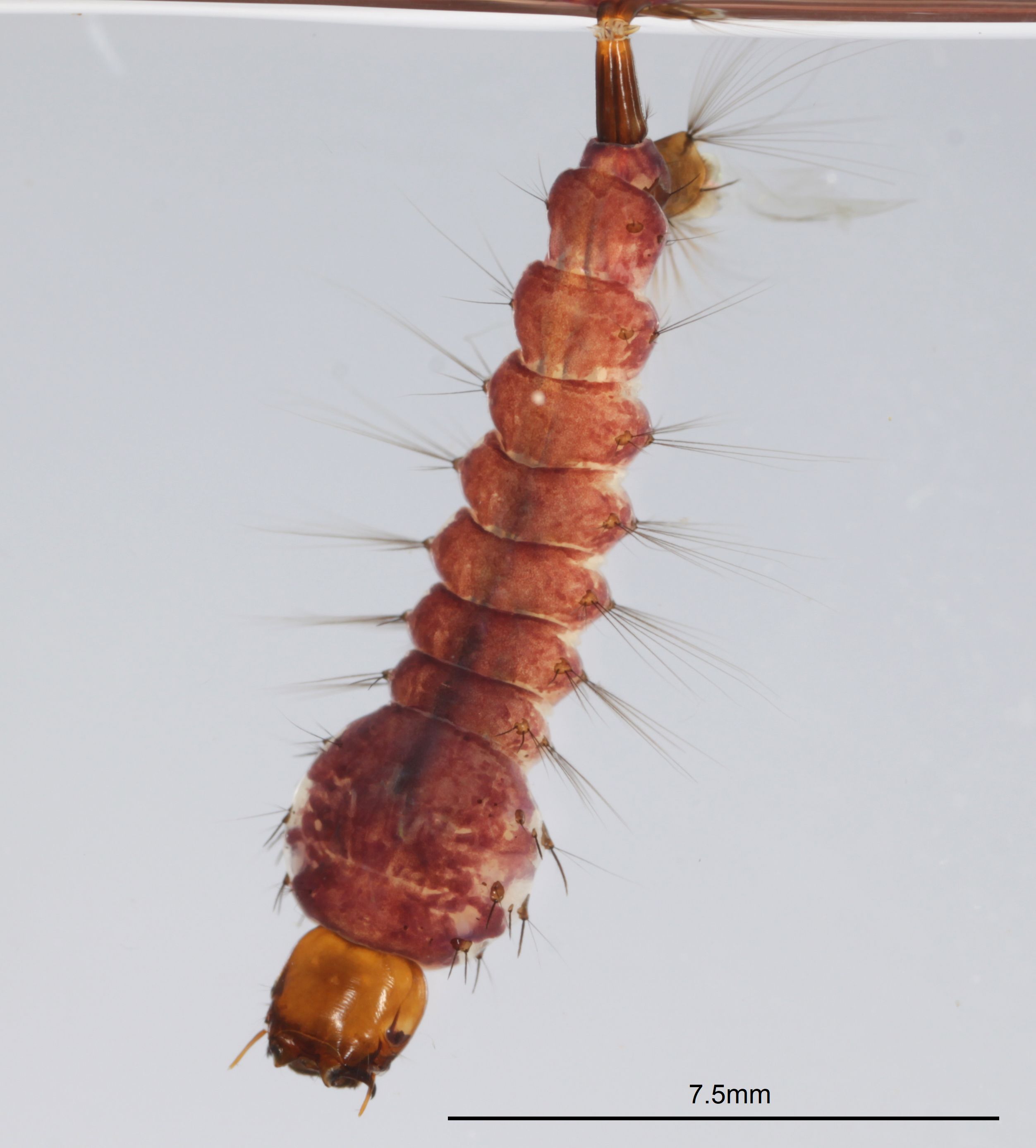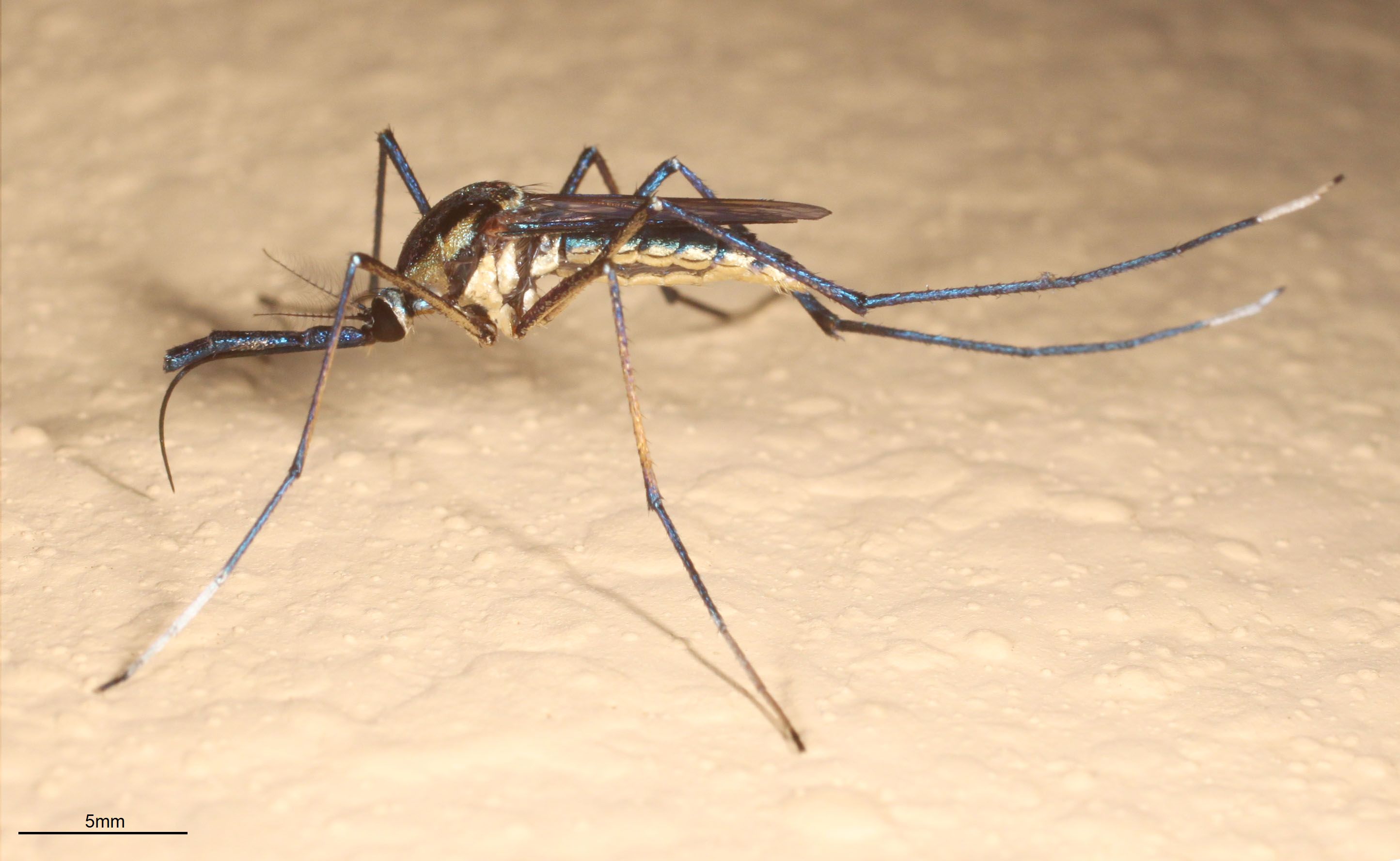China’s Innovative Battle Against Chikungunya: A Mosquito-Eat-Mosquito Strategy
In the heart of Guangdong province, a remarkable public health response is unfolding that reads more like a strategic warfare narrative than a typical disease control effort. Foshan, a city at the epicenter of a significant Chikungunya outbreak, has deployed an ingenious multi-pronged approach that combines biological warfare, aquatic intervention, and cutting-edge technology to combat disease-carrying mosquitoes.

The outbreak’s severity is stark: Foshan’s Shunde area alone accounts for 90 percent of Guangdong’s 6,100 reported Chikungunya cases, prompting local authorities to activate a Level III public health emergency response. But instead of relying solely on traditional pesticide methods, scientists and public health officials have embraced a more nuanced, ecological approach.

At the forefront of this strategy is a fascinating biological intervention involving Toxorhynchites splendens, a predatory mosquito species with a remarkable appetite for destruction. Researchers from Sun Yat-sen University’s Zhongshan School of Medicine have strategically released these mosquito predators into Aedes mosquito breeding grounds in Foshan’s Sanshui District. What makes these predators extraordinary is their larvae’s voracious consumption—each can devour 80 to 100 Aedes larvae during development.

Associate Professor Zhang Dongjing explains the brilliance of this approach: these predator mosquitoes are natural enemies of disease-carrying Aedes, yet they pose no threat to humans. Adult Toxorhynchites mosquitoes exclusively feed on plant nectar, making them a safe and targeted biological control agent.

Complementing this biological warfare, local districts have introduced aquatic allies into their mosquito control arsenal. In Chancheng District, over 5,000 fish, including silver carp and pearl gouramis, have been released into urban water bodies. Their mission: consume mosquito larvae before they can mature into adult mosquitoes. Zhang Huabin, the district’s urban management deputy director, emphasizes the effectiveness of this method in preventing mosquito proliferation in water-rich environments.

Technology plays an equally critical role in this comprehensive strategy. Drones have become unexpected heroes in mosquito surveillance. In Shunde District, aerial drones meticulously inspect 170 potential mosquito breeding sites. Sanshui District takes this a step further, utilizing both vehicle-mounted and fixed drones to examine construction sites and residential areas, identifying hidden water accumulations that could serve as breeding grounds.
This multifaceted approach didn’t emerge in a vacuum. It follows a national teleconference on Chikungunya prevention held in Beijing on May 29, which underscored the urgent need for aggressive mosquito control measures. Foshan’s innovative strategy represents a potential blueprint for regions worldwide struggling with mosquito-borne diseases.
The city’s response demonstrates a profound understanding that combating infectious diseases requires more than traditional interventions. By leveraging natural predators, aquatic ecosystems, and advanced technology, Foshan offers a holistic, environmentally conscious approach to public health challenges.
As global climate change continues to expand the habitats of disease-carrying insects, such innovative strategies become increasingly crucial. Foshan’s “mosquito versus mosquito” tactics might well represent the future of vector control—a future where ecological understanding and technological innovation work in harmony to protect human health.












